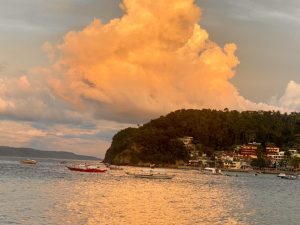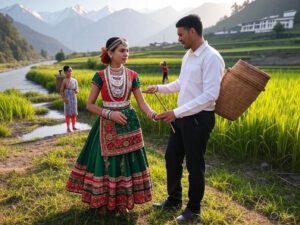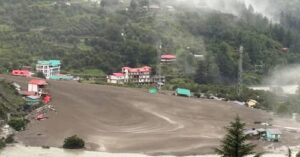Temple Ruins of Osian
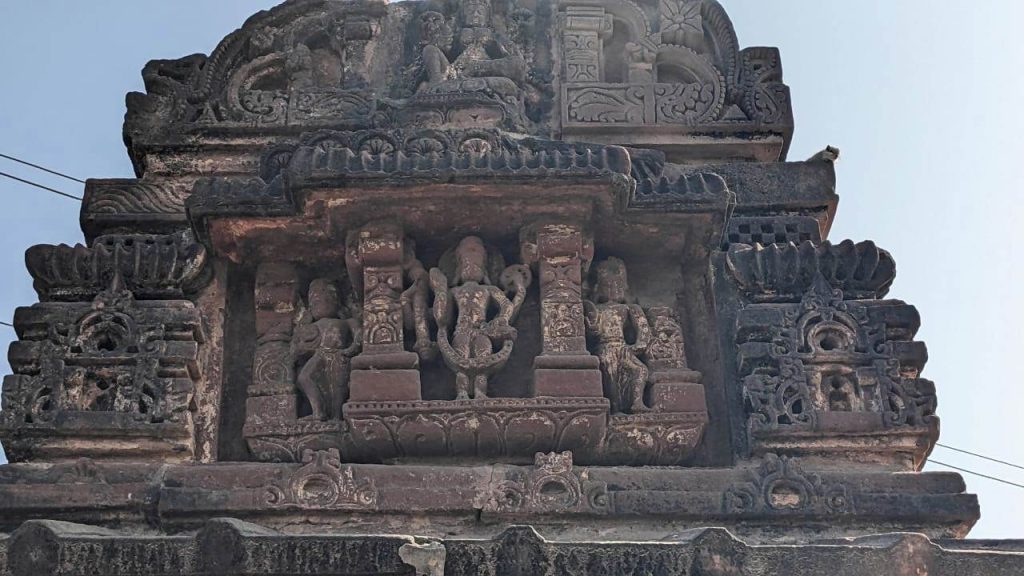
Manish K Jha
Recently during one of my official visits, I got a chance to visit Osian an ancient town located in the Jodhpur, Western Rajasthan. It is an oasis in the Thar Desert. I read in the history books during my younger days that Osian is famous as home to the cluster of ruined Hindu and Jain temples dating from the 8th to 12th centuries and the city was a major religious centre of the kingdom of Marwar during the Gurjara Pratihara dynasty. History also tells us that Muhammad of Ghor and his Turkish and Muslim armies attacked the town in 1195. The people of the city fled during these attacks. Most of the city, and most of its temples, were destroyed.
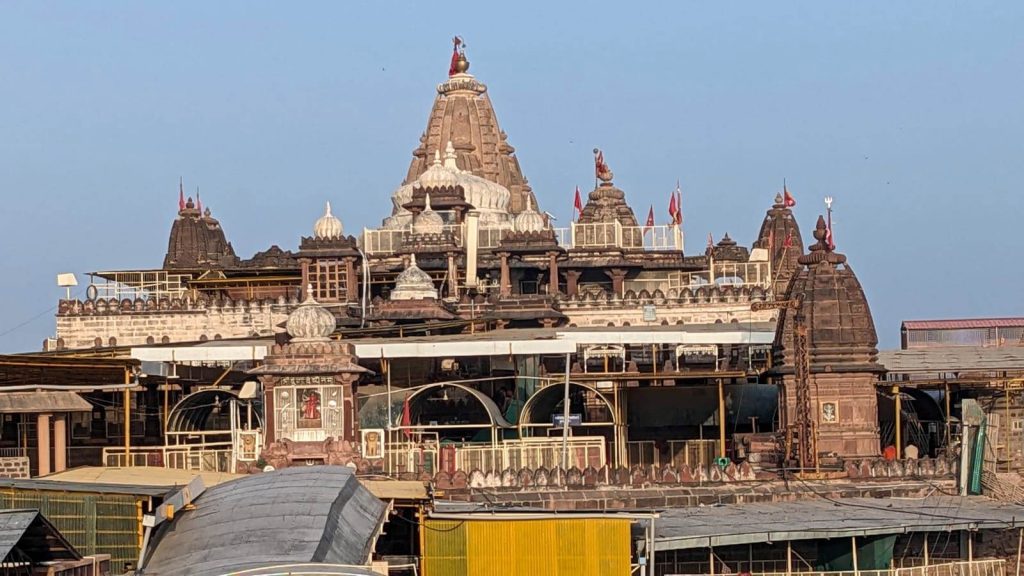
What saddened me after reaching Osian was seeing the palpable condition of our ancient heritage site which is almost in ruins now. I saw a couple of small shrines on either side of the road greet me as I entered the town of Osian. It was evident at the first look that no attempt was made to protect the structures. There were no idols in the shrines and no one guarding the monuments. However, on closer inspection, I noticed that the ceiling and pillars of some of them had beautiful carvings.
The famous Sachiya Mata temple was located on a small hill in the town. The temple had ornate pillars built along the steps leading to the main shrine. Most of the walls inside the temple were decorated with beautiful glass inlay work. Luckily one of my local contacts has taken me to an under-construction building top floor which gives me a 360-degree view of the ruined glorious city of history. Remember in terms of the number of temples, Osian stands next to Bhubaneswar and Khajuraho in North India. Known as Uvasisala, Ukesa and Upkespur Pattana in the past, Osian had 108 Jain temples. However, today only 15 Hindu temples and one Jain temple have survived. The temples of Osian are divided into two groups – eastern and western. In the eastern group, the most impressive are these three Hari–Hara temples built in the Maha-Maru style of architecture. They are also the earliest dated to the 8th century CE.

All three temples stand on a high platform, called jagati in the architectural term. It is also a feature in the Maha-Maru style of architecture, the region’s earliest experiments in building religious shrines. The main shrine is surrounded by 4 subsidiary shrines in 4 corners. The garbhagriha is square and their doorways show remarkable similarities with the Gupta period doorways as seen at Eran and Deogarh. The outer wall of temples (the jangha portion) is decorated with figures of various Hindu divinities, such as Asta Dikapalas, the eight direction deities, besides Mahisamardhini, and incarnations of Vishnu occupying the central positions. I sincerely hope that Govt. of Rajasthan and Govt. of India take notice of our ancient heritage site and do some meaningful work to restore the pride of Osian.


